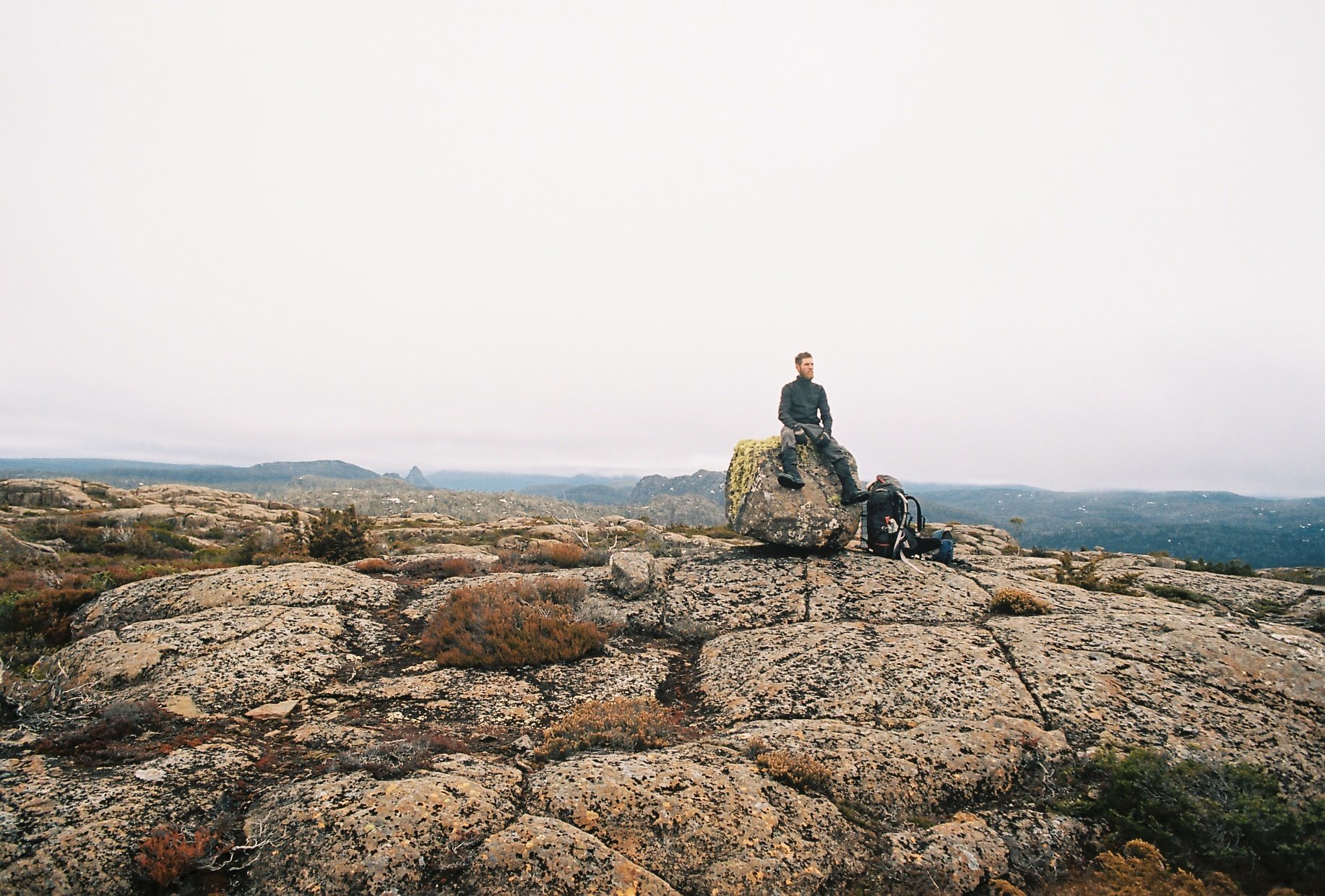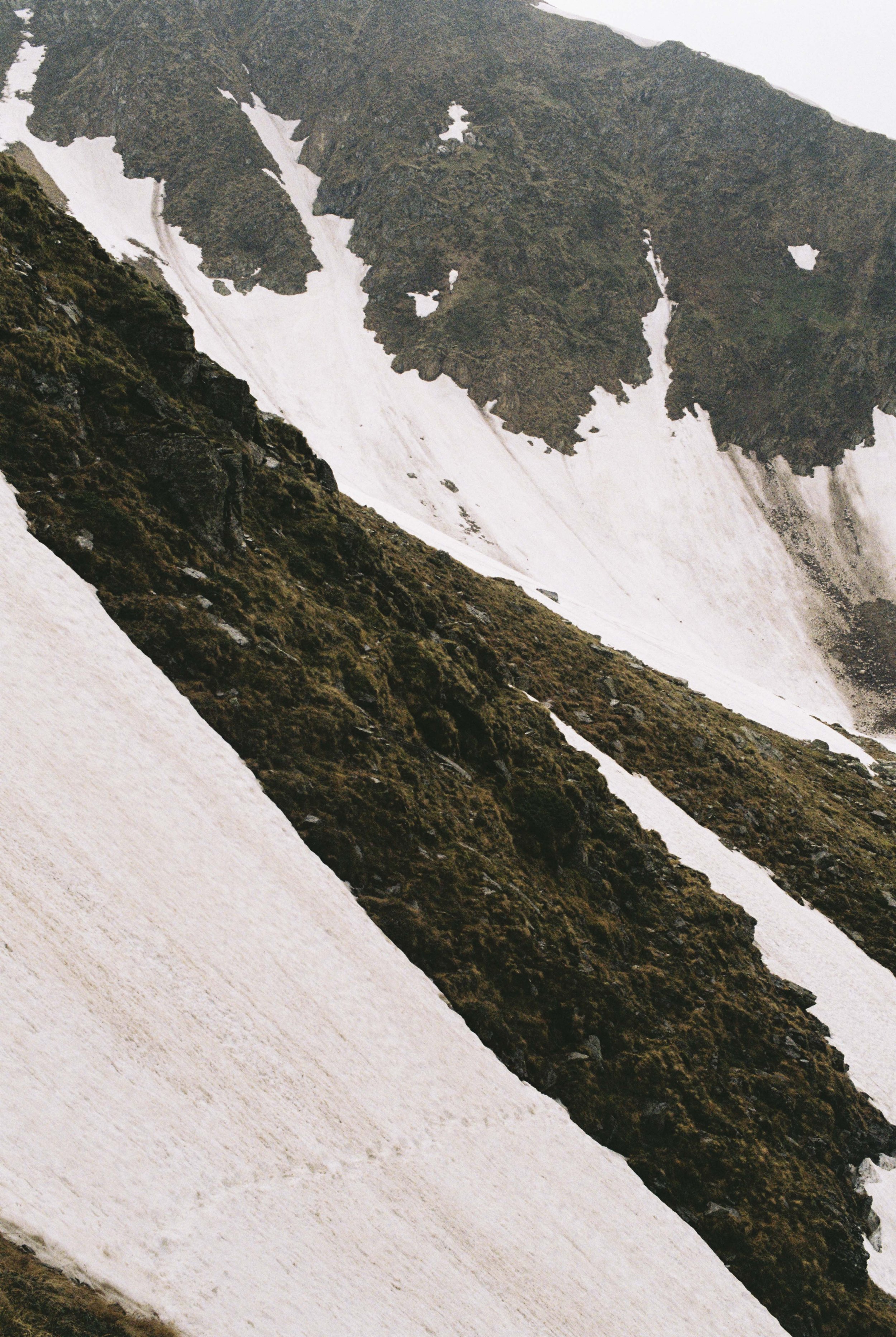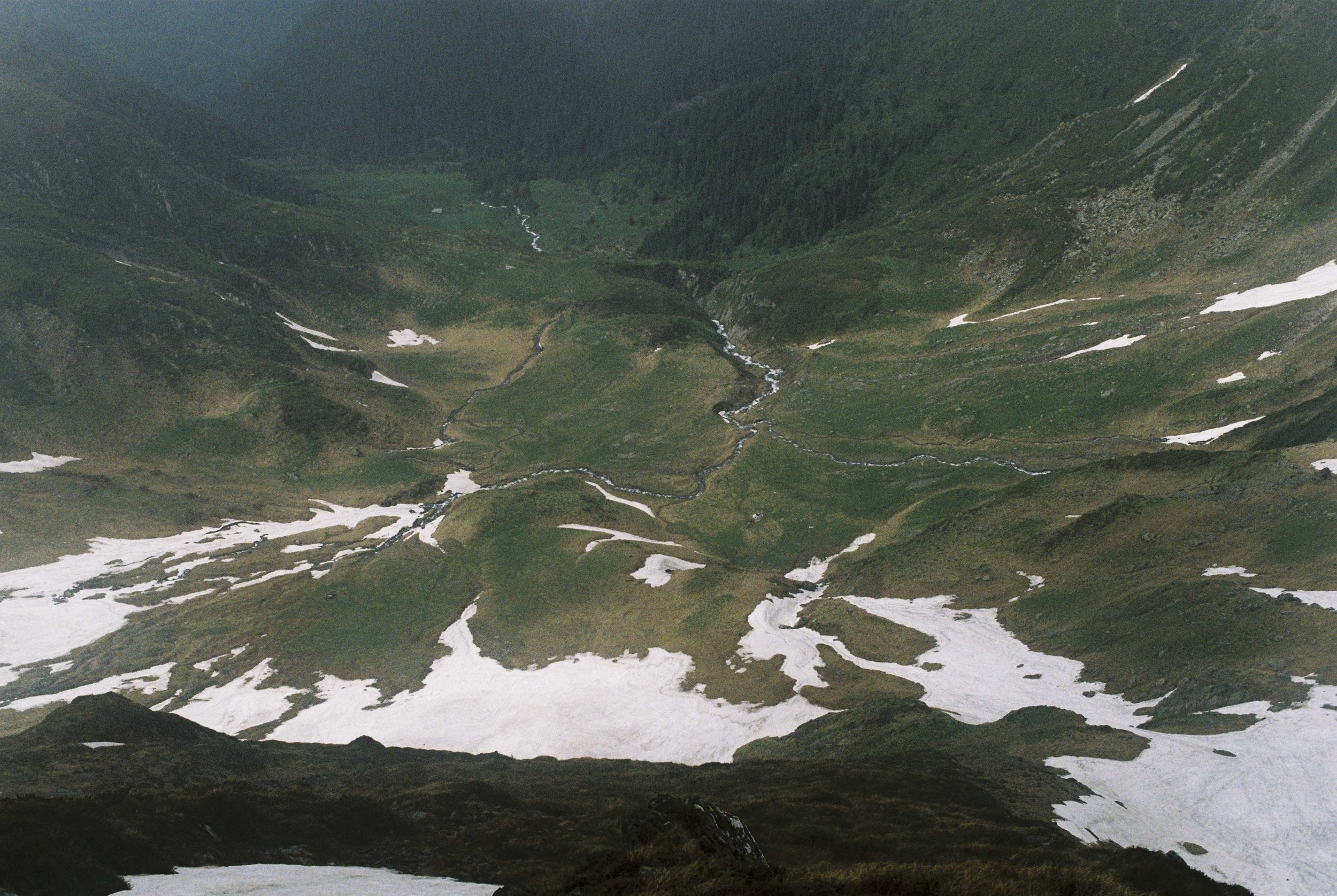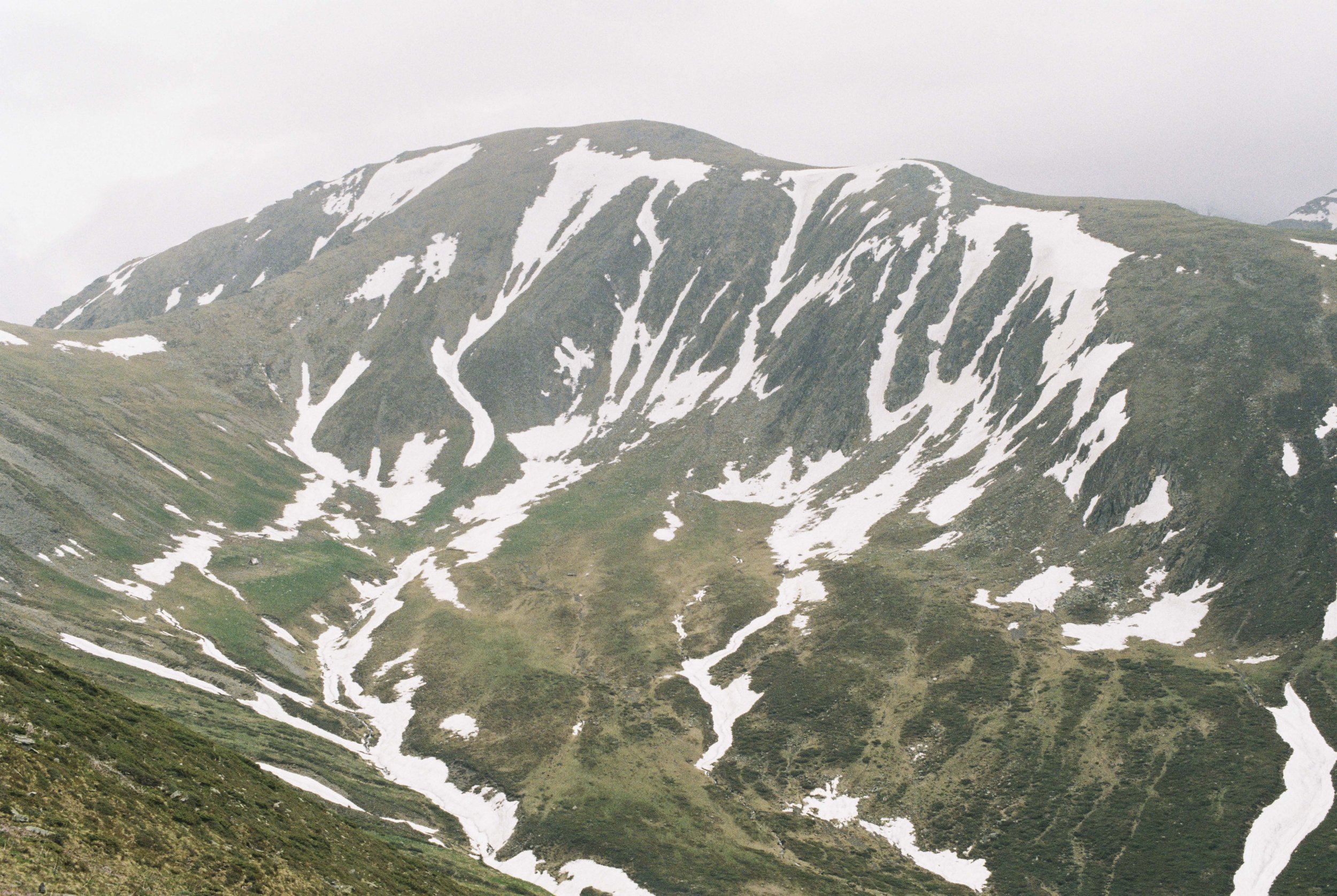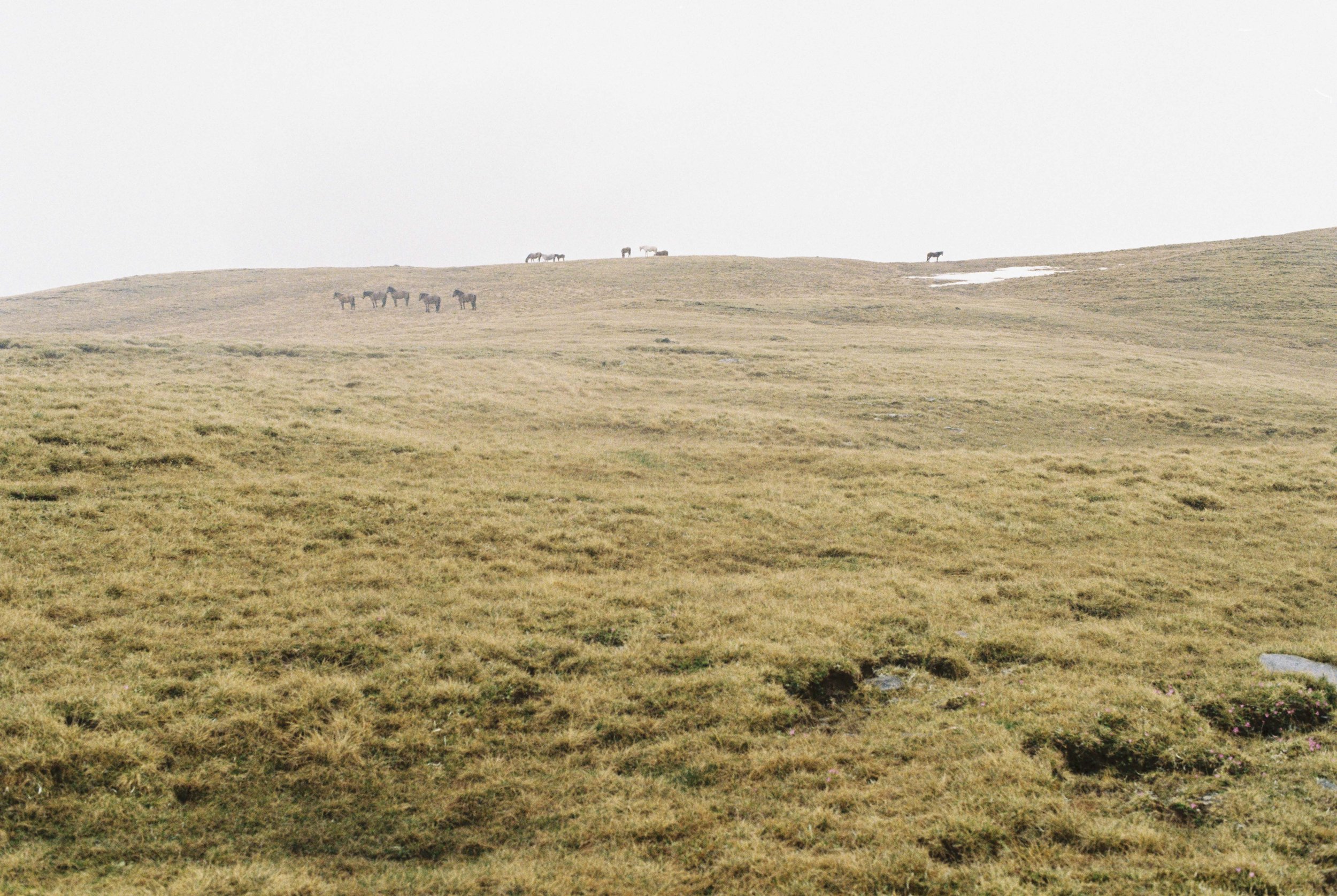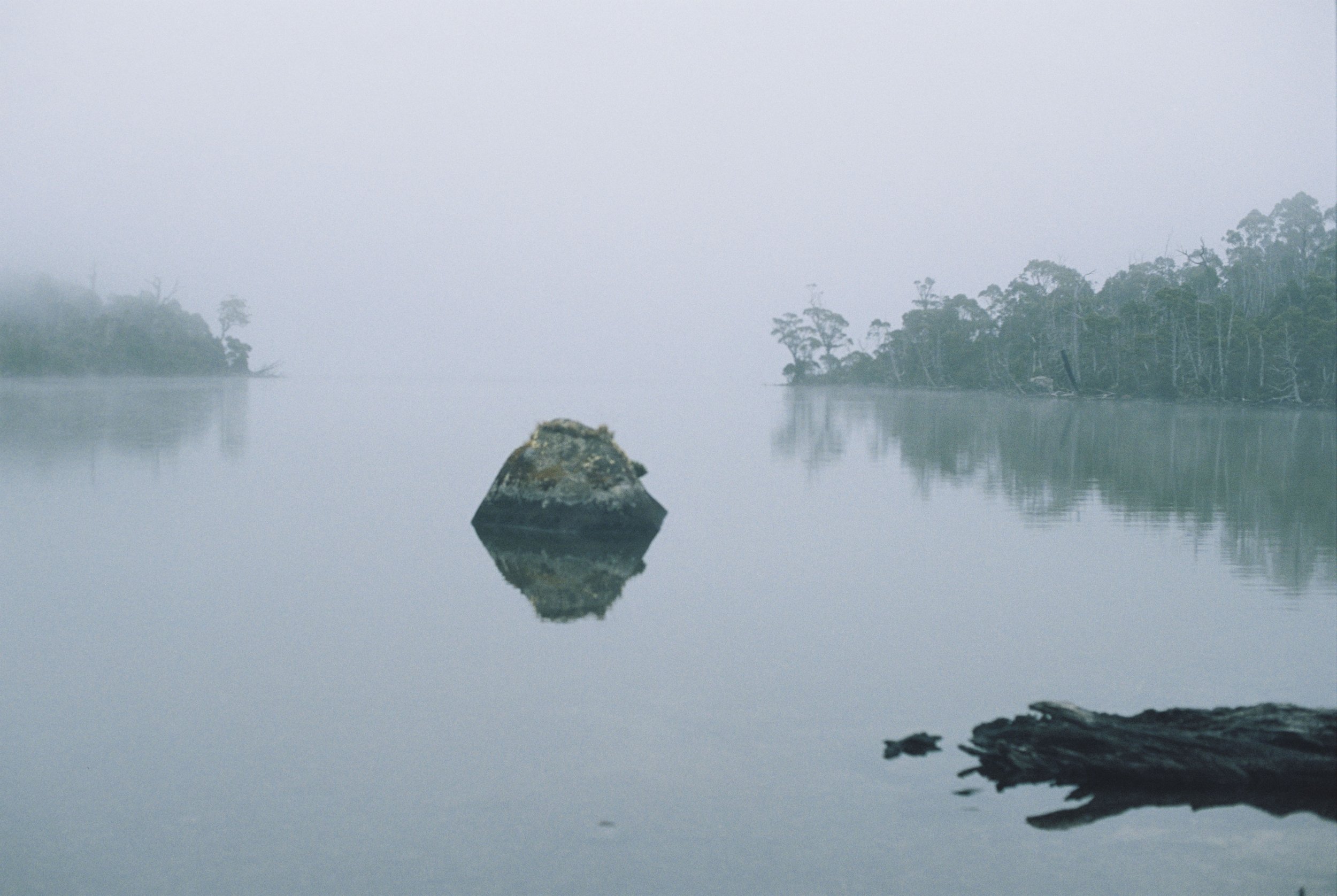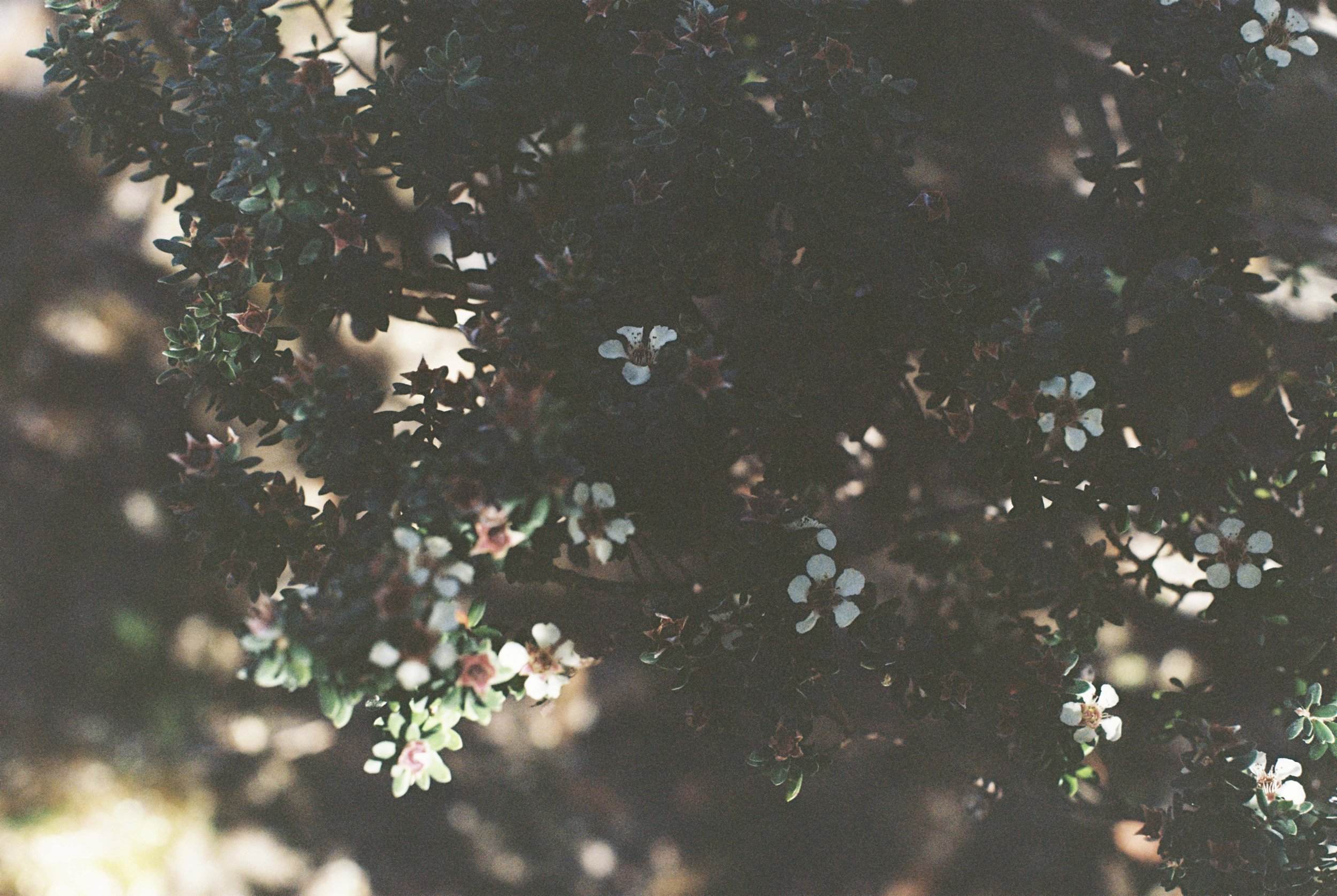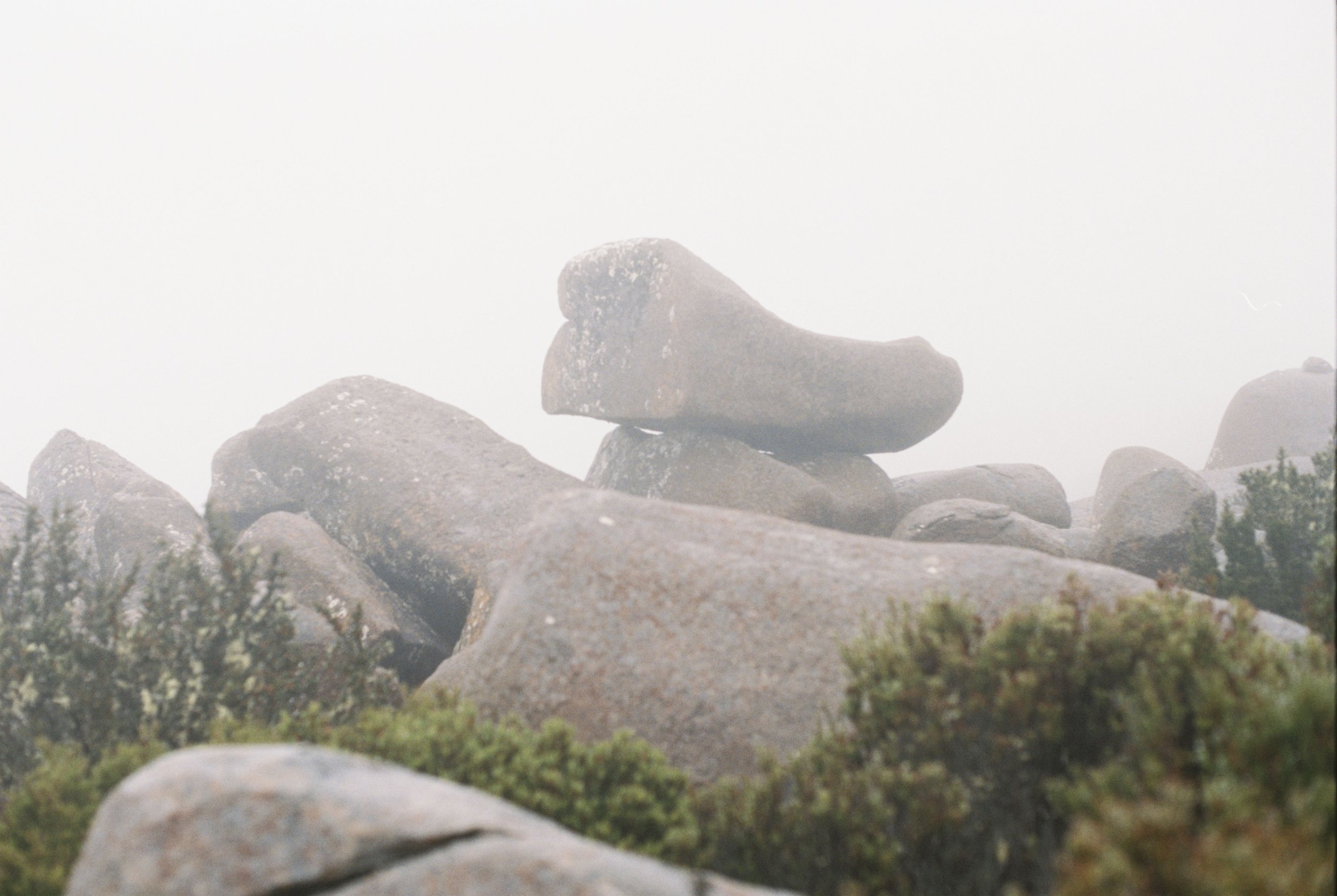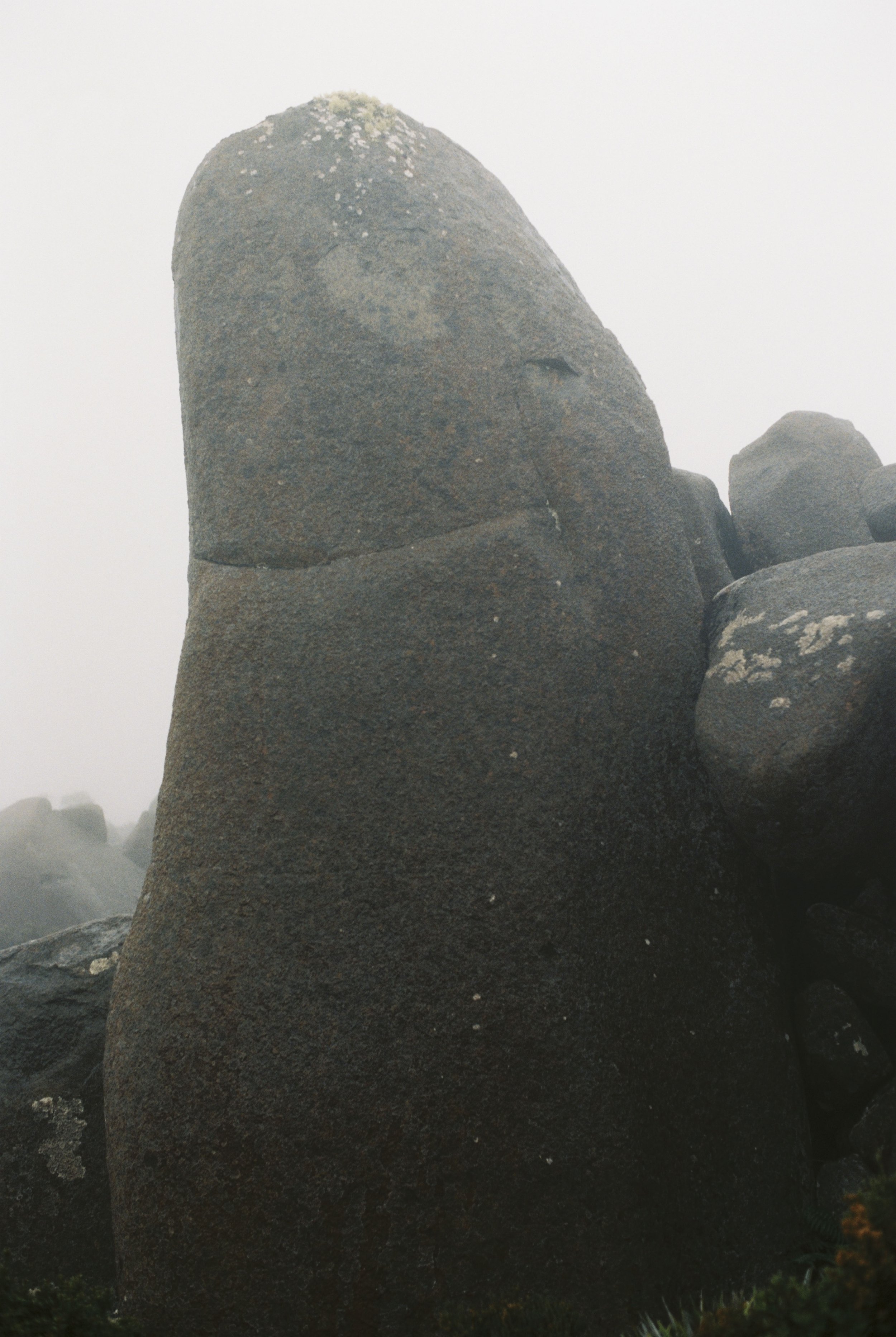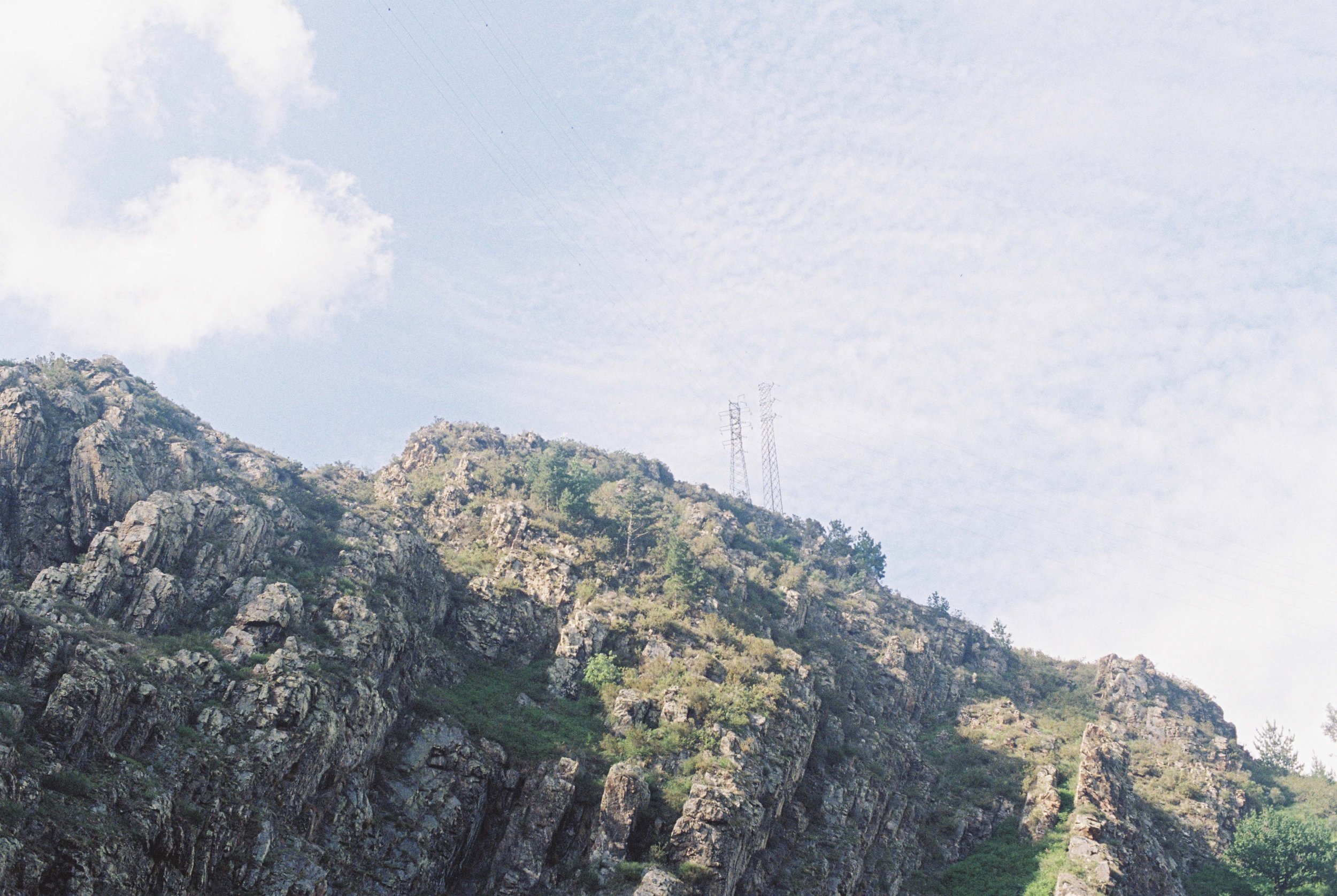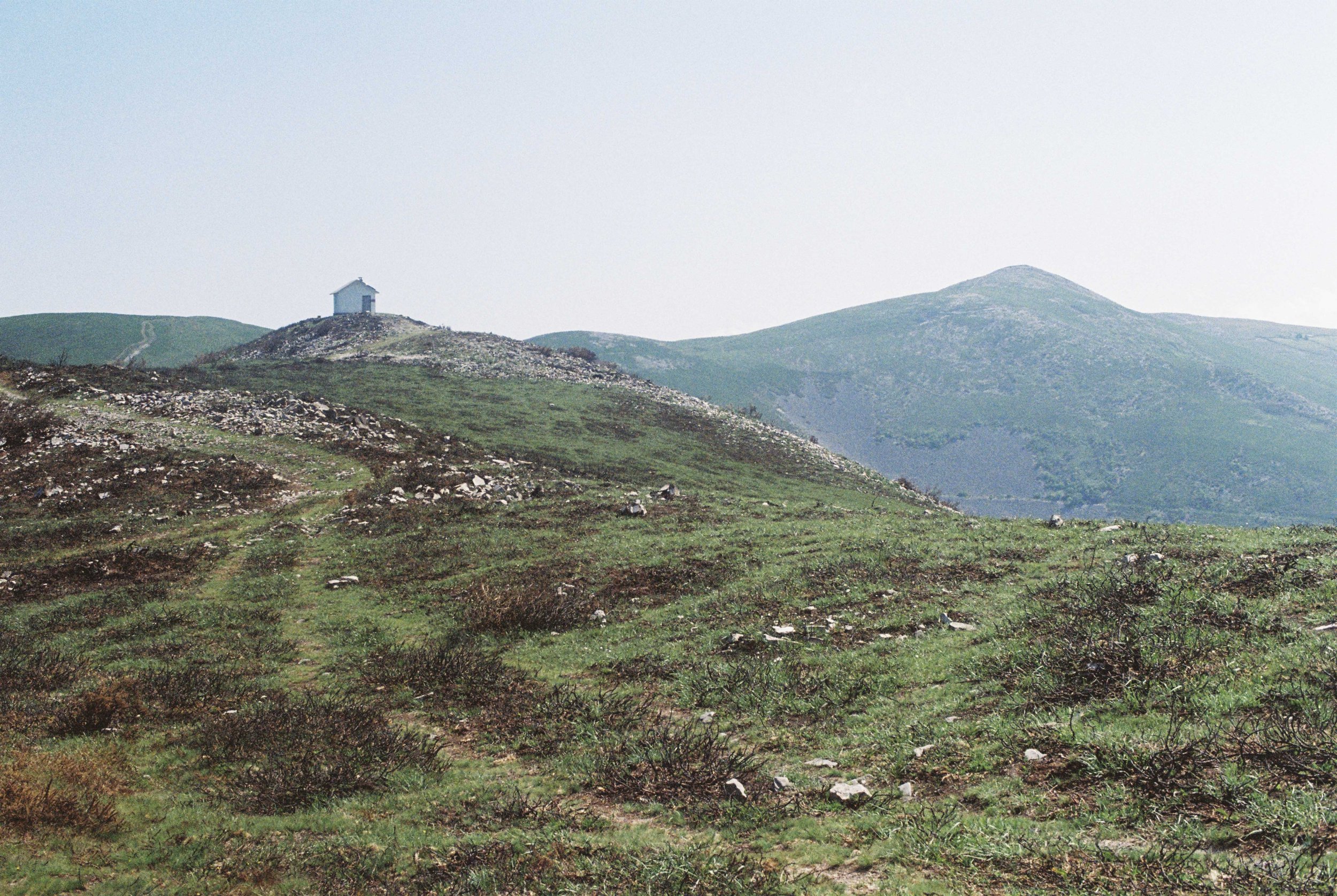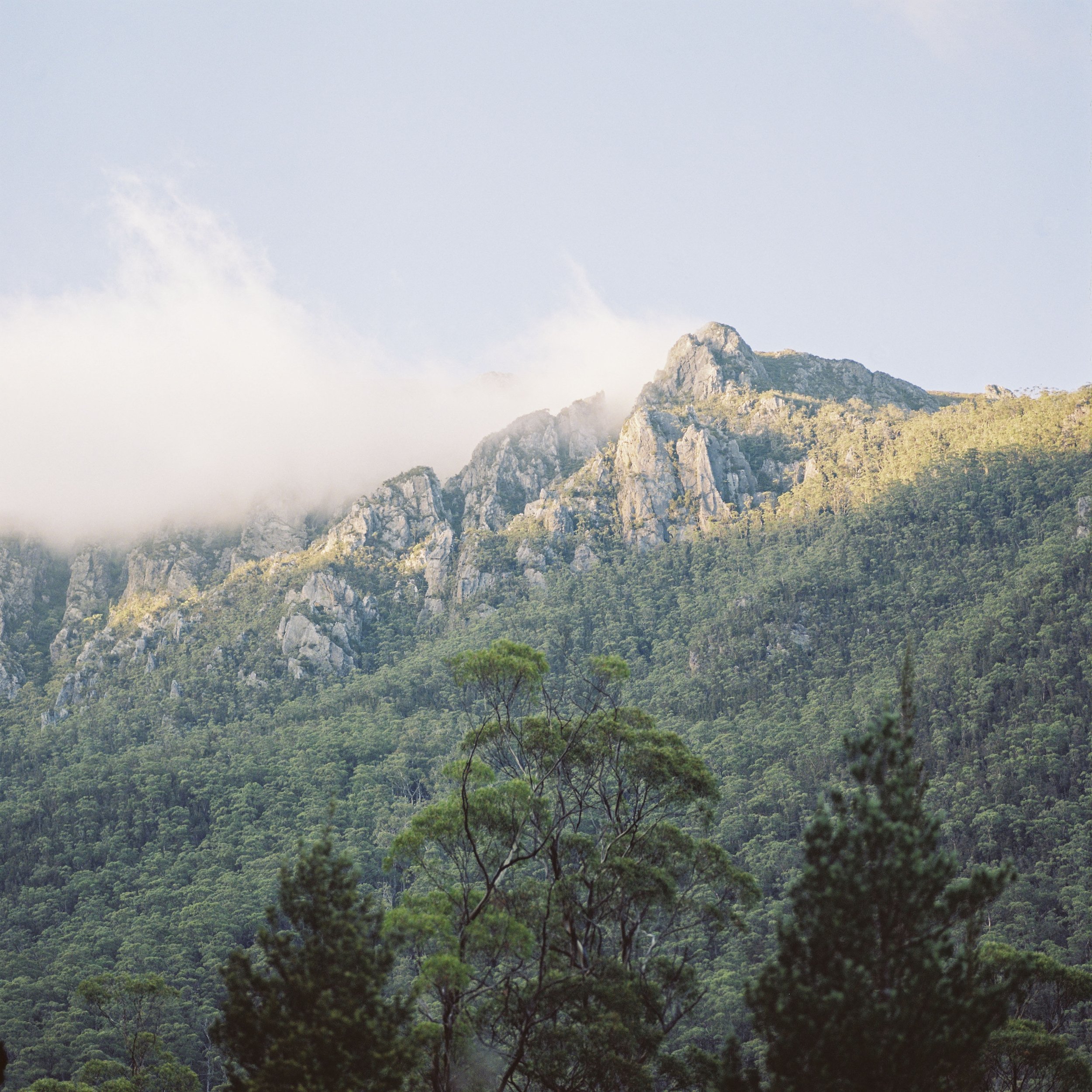Chapter IV: Traverse of the Făgăraș
Snow filled glacial tarn. Pentax MX, Kodak Pro 100, June 2023.
And so our chronological photographic essay continues. We are only up to day three of the traverse, and near the start of the second roll film.
Back toward the ridge. Pentax MX, Kodak Pro 100, June 2023.
Mountains not only have presence, they demand presence.
Path of rockfalls on snow slope. Pentax MX, Kodak Pro 100, June 2023.
The mountain was shedding its skin in the spring melt. The summit soared, calling the world to it.
Kicked steps on snow slope. Pentax MX, Kodak Pro 100, June 2023.
The storm approaches, bringing electricity to the air. I stand on wet snow, holding a metal ice pick, approaching the summit ridge of the tallest, most prominent peak around. Mt Lespezi.
Down to the valley below. Pentax MX, Kodak Pro 100, June 2023.
Sliding down a snow slope, using the adze of the piolet as the break. I hear a noise. I stop and look up. About a hundred metres from me, high on top of an escarpment, 2300m above sea level, is a bear cub, running away, then stopping to look at me. It has a big head, big ears.
’But where is mummy?’ I wonder.
It that moment, mamma bear pokes her head out from behind a big rock and looks straight at me. A fully grown brown bear. She probably weighs about 400kg.
A split second later, mamma bear and her cub both retreat.
Before I even have a chance of grabbing my camera, they disappear.
I don’t see them again.
Rising mist. Pentax MX, Kodak Pro 100, June 2023.
Lightning strikes and thunder cracks the sky.
